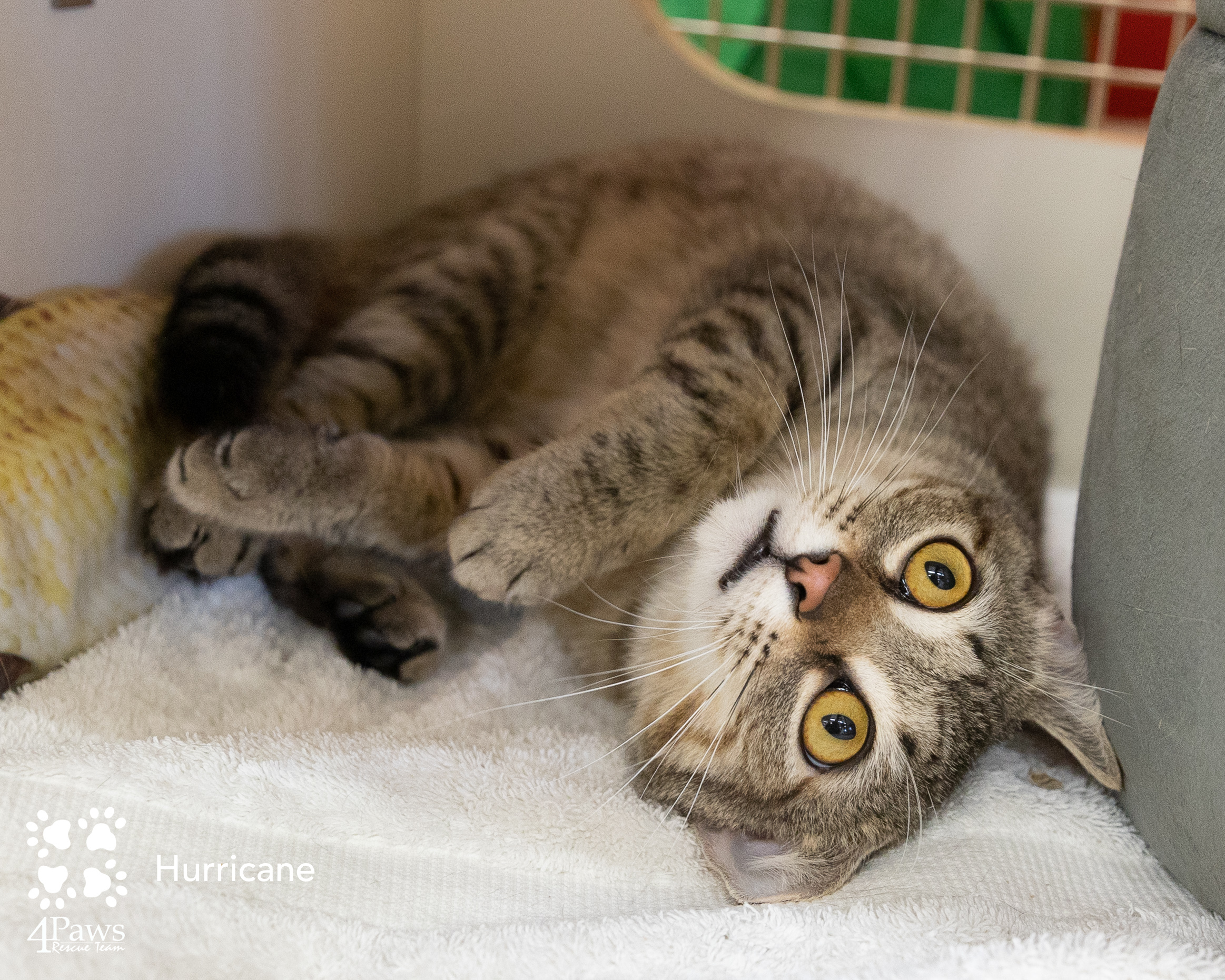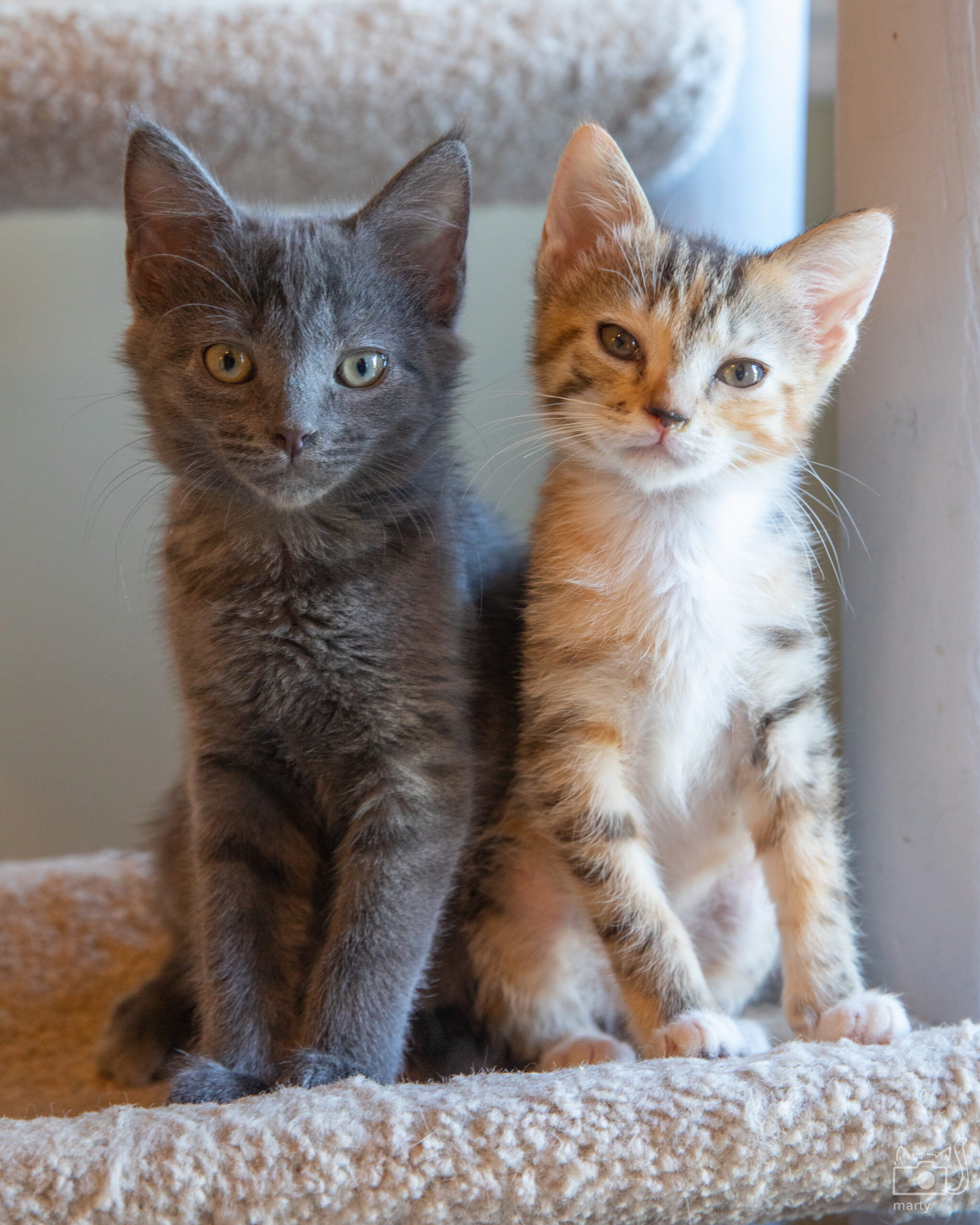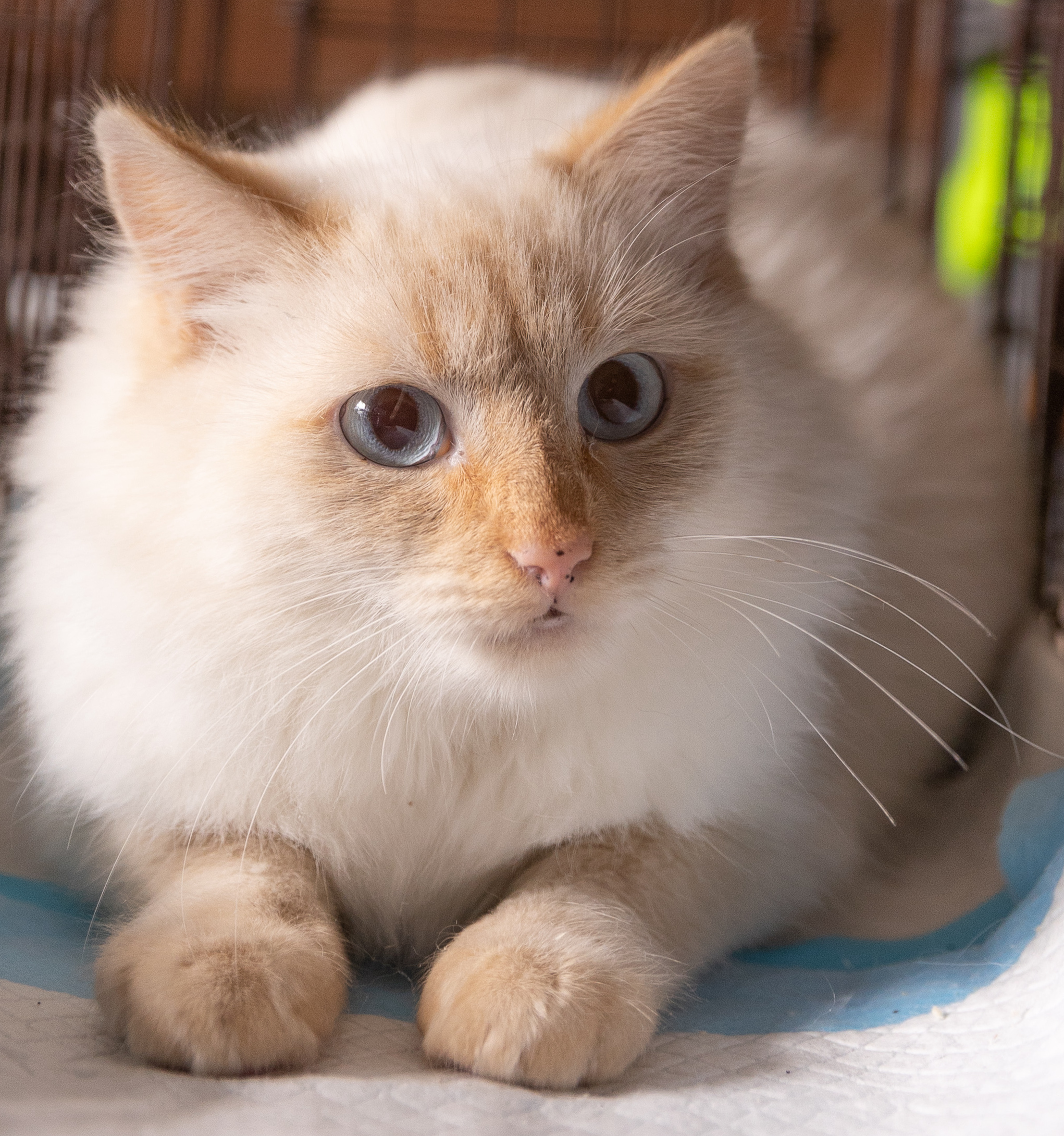“Catification” according to Jackson Galaxy and Kate Benjamin, is the process of making changes and adjustments to your home that meets the needs of both you and your cat. Your cat’s home environment is everything, and your cat’s happiness is greatly influenced by how you behave and what kind of lifestyle you offer. Jackson is giving us some great advice and guidance again this month.
1) Provide sleep and hideaway places: A safe place for a cat is a private and secure area, often in a raised location. This can give the cat a sense of enclosure, isolation or seclusion. A safe place is one that a cat can retreat to so that they feel protected.
Taking time out from social demands is an essential part of life for a cat, so secret hideaway places are important. These can be made by making space available under the bed, or inside cupboards. They also like their private place to be a warm one too. Cats spend the majority of their time asleep, so it makes sense to focus on this area. Place it in a raised position (Many cats feel a little vulnerable sleeping on the floor), near a source of heat or an area in sunlight. A soft cat bed does the trick but it’s nice to give them a few more options. If your cat likes to burrow under your blanket or in a laundry basket, adding a soft cocoon is a good touch. Does your cat prefer an ordinary cardboard box? If so, creating a cat hammock is as simple as making a few cuts in a box and adding fabric, or simply placing a small chair cushion or a blanket in it.
2) Create a Vertical Space: Vertical space is so important since it opens up your kitty’s space and makes it easier for cats in a multi-cat household to get along. This is because they can easily share their space if there are enough spots to go around. Cats are natural climbers and getting high up allows them to survey their world from above, which they may do outdoors. It encourages exercise by giving them somewhere to jump to. There are many awesome (and attractive) ways to create vertical space: cat trees, cat shelves, staircases, and the connection of these vertical spaces to create “cat pathways”. Shelves can be constructed specifically for the cat’s use; which should include a non-slip surface.
3) Provide Access to Windows for a Change of Scenery: Access to windows, preferably with perches, provides mental stimulation as your cat looks out to see the outside world. Always remember, cats need to be able to get down: getting up is easier. Giving cats a place above gives a well-being feeling of “this space is mine”, and a feeling of confidence, security, and comfort. Tip: get a bird feeder that sticks to the window so your cat can watch the birds up close.
4) Provide Options for Climbing, Jumping, and Scratching: If you don’t want your cat climbing on your furniture, you will need to provide your kitty with other places to do this. There are a variety of cat trees and lounges to choose from. It is natural for a cat to scratch, so providing the materials for this, such as a carpeted post or cardboard plank is important. To train your cat to use these items, reward them with treats and praise each time your cat scratches appropriately. You can also place catnip, treats and toys on or near the post to encourage this behavior. Cats have preferences as to texture, so if your cat does not seem interested in one type of post or material, try another until you find the right fit.
5) Offer Play and Hunt Sessions: It is very important for a cat’s energy to be released. Owners should provide “playtime” sessions during the day. Interactive toys are good for long periods if owners are out. Cats will get bored with a toy after a while, so it is important to provide only a few toys at a time on a rotating basis to keep your cat’s interest. Toys that move randomly are great; those that are motionless and left lying around soon become predictable and boring. Toys made from fur material or feathers that are of a similar size to prey animals are popular, especially toys that mimic the hunt of air and ground prey.
6) Set up a Safe and Private Litter Box Area: Cats are private creatures, and they like to have their own space to do their business. Catifying your home includes creating a safe and private litter box area for your kitties.
First, make sure you have enough litter boxes in your home. It’s generally recommended to have one litter box per cat, plus an extra. So, if you have two cats, you should have three litter boxes.
Next, choose a location for the litter boxes that’s quiet and out of the way. The laundry room and bathroom are usually good choices. Once you’ve selected a spot, set up the litter boxes and fill them with high-quality cat litter.
Finally, give your cats some privacy by setting up a screen or curtain around the litter box area. Or better yet, invest in premium cat litter enclosures that will provide privacy and look great in your home.
7) Make Sure There is Access to Food and Fresh Water: Our final tip for catifying your home is to make sure your cats always have access to food and fresh water. This will help ensure they’re well-nourished and hydrated, which is vital for their overall health.
To make sure your cats can always find food and water, set up a feeding station in your home. Put simply, this is a designated area where you place their food and water bowls. It’s a good idea to put the feeding station in a quiet, low-traffic area to minimize stress.
You should also place a few water bowls or fountains throughout your home. This will give your kitty easy access to fresh water, and it will help encourage them to drink more. Using a cat water fountain is another great way to entice your cats to drink more water.
In conclusion, an enriched environment will give cats the opportunity to create their own positive experiences in an enclosed space. The goal is to “create an environment of plenty” for your cat. That means plenty of room, litter boxes, food, water and things to do. It’s also important to ensure that your kitty feels safe and secure.




